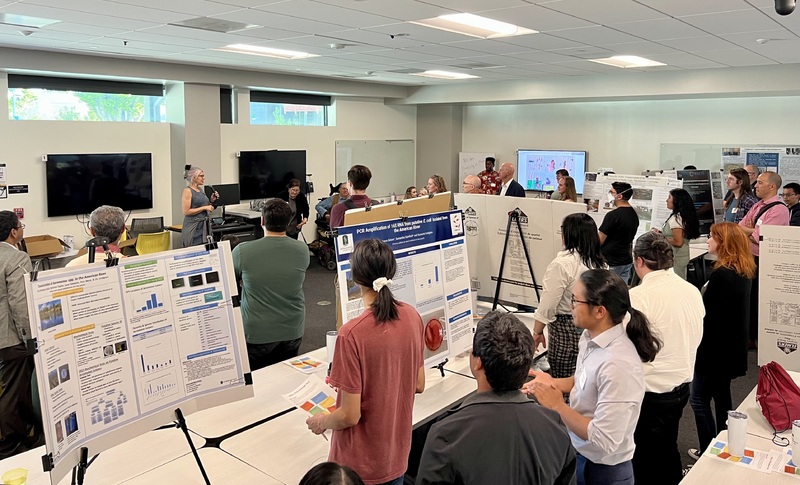
Decades of evidence support the premise that undergraduate research experiences are valuable endeavors for science students; however, a lack of knowledge about research and how to get involved can preclude equitable participation. We developed two in-class workshops to teach introductory biology students about undergraduate research experiences. In the first workshop, students are introduced to various types of undergraduate research, including faculty-mentored research, Course Based Undergraduate Research Experiences (CUREs), summer research experiences and research-related jobs and internships. Students hear first-hand accounts about research from undergraduates actively performing research and learn about the benefits and challenges associated with participating. In the second workshop, students learn how to effectively identify and secure research opportunities and engage in an exercise that teaches them how to write a professional email to potential research advisors. Students also work together to develop strategies for building resilience if faced with rejection from a faculty member or internship/job opportunity. The workshops utilize student speakers, think-pair-share activities, and class discussions to engage and inform students. By the end of the workshops, all students are familiar with undergraduate research and have the knowledge and skills needed to identify and secure a research opportunity. The workshops were designed for introductory biology students but can be adapted for students in related majors or at different stages of the academic journey.
Primary Image: Undergraduate research poster session at Sacramento State. Students present the discoveries they made through their course-based research experiences. Photograph was taken in-house.